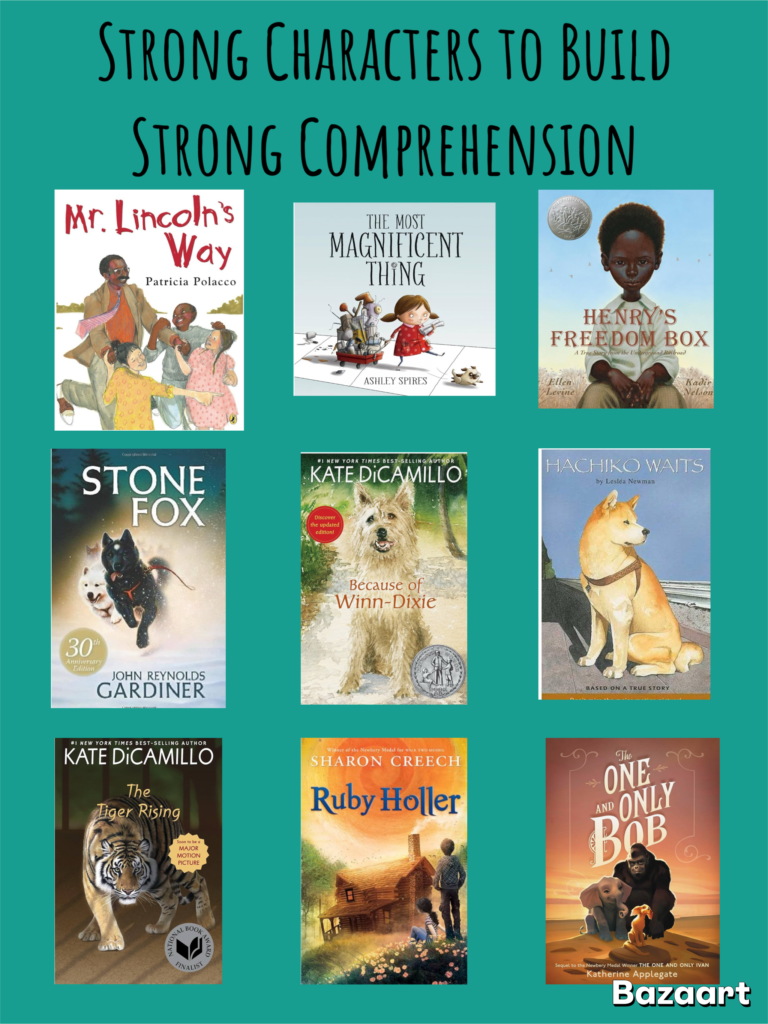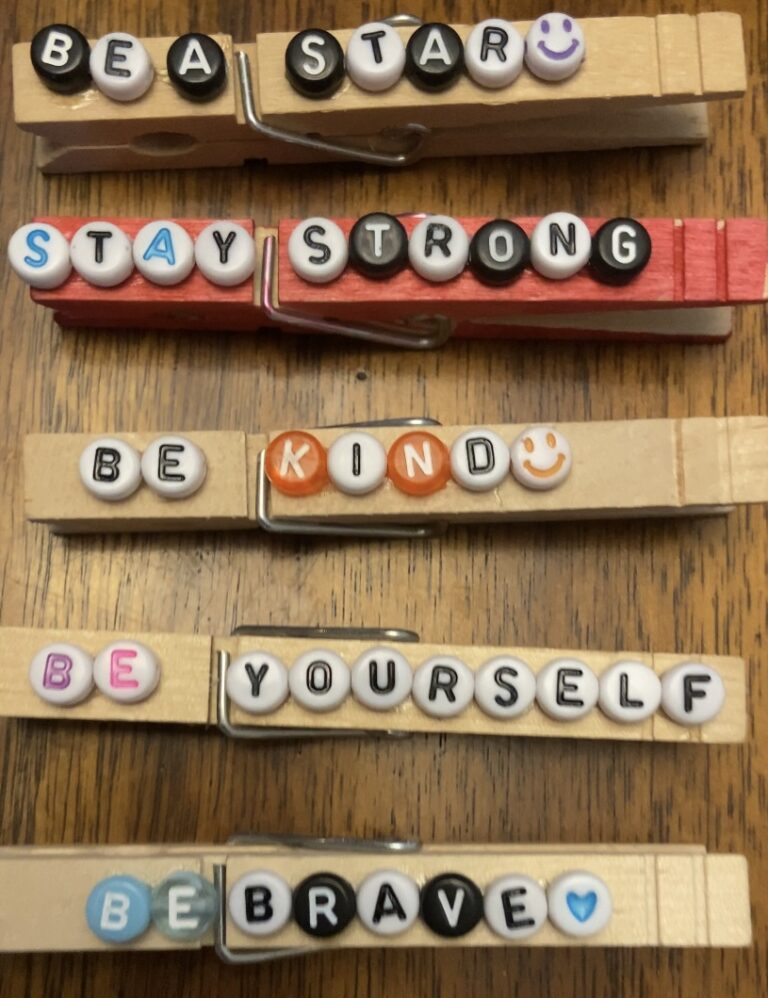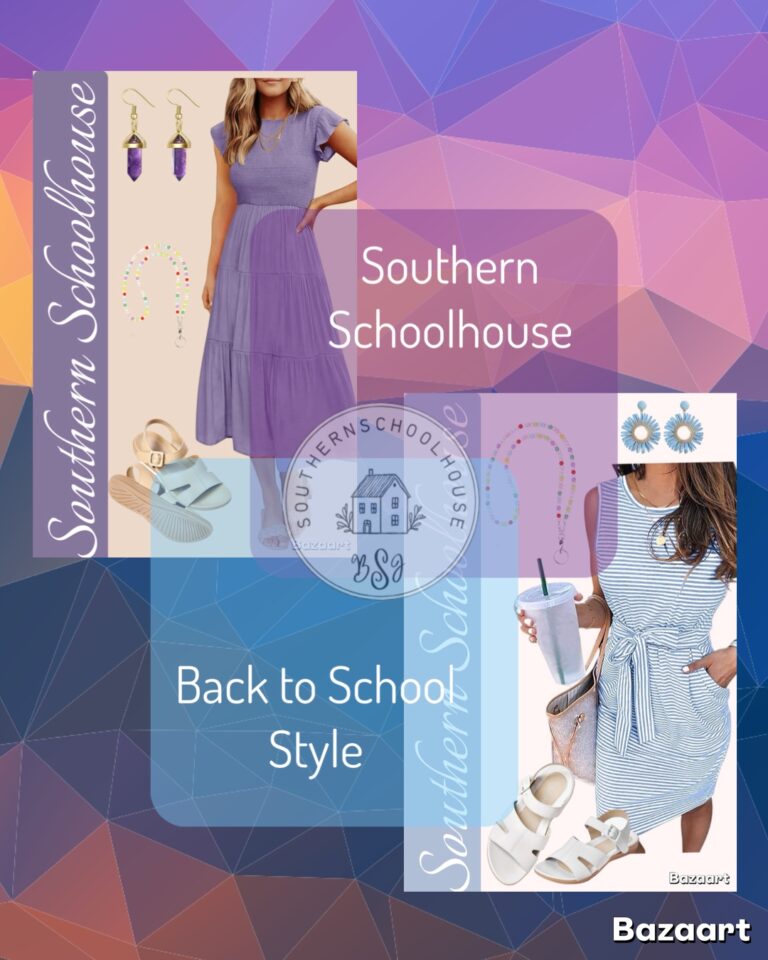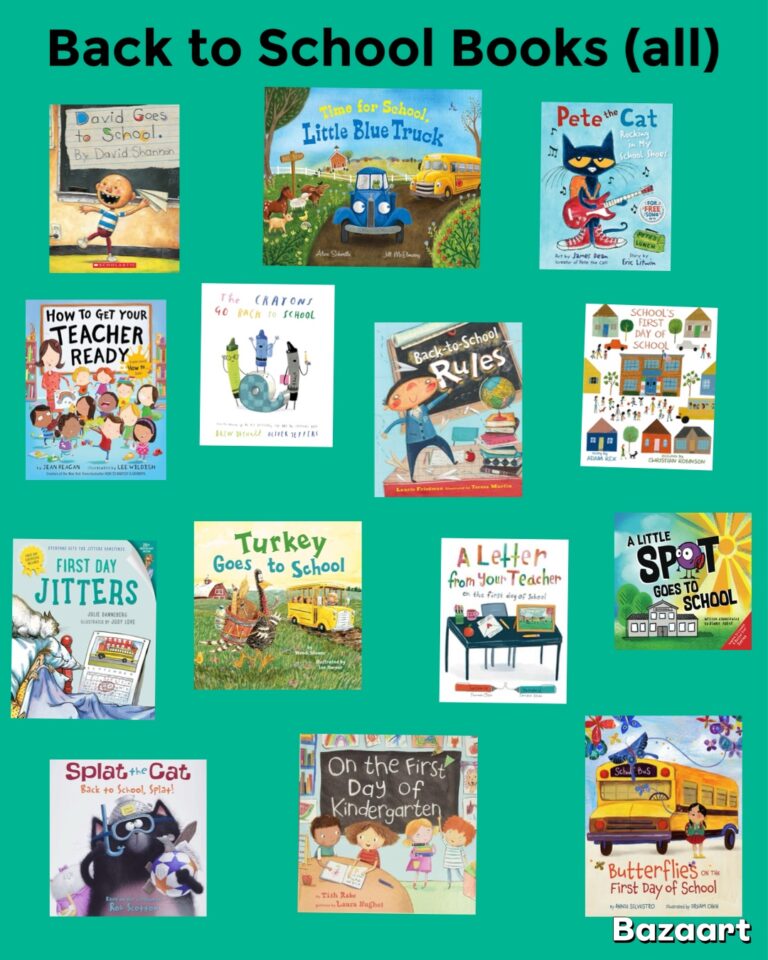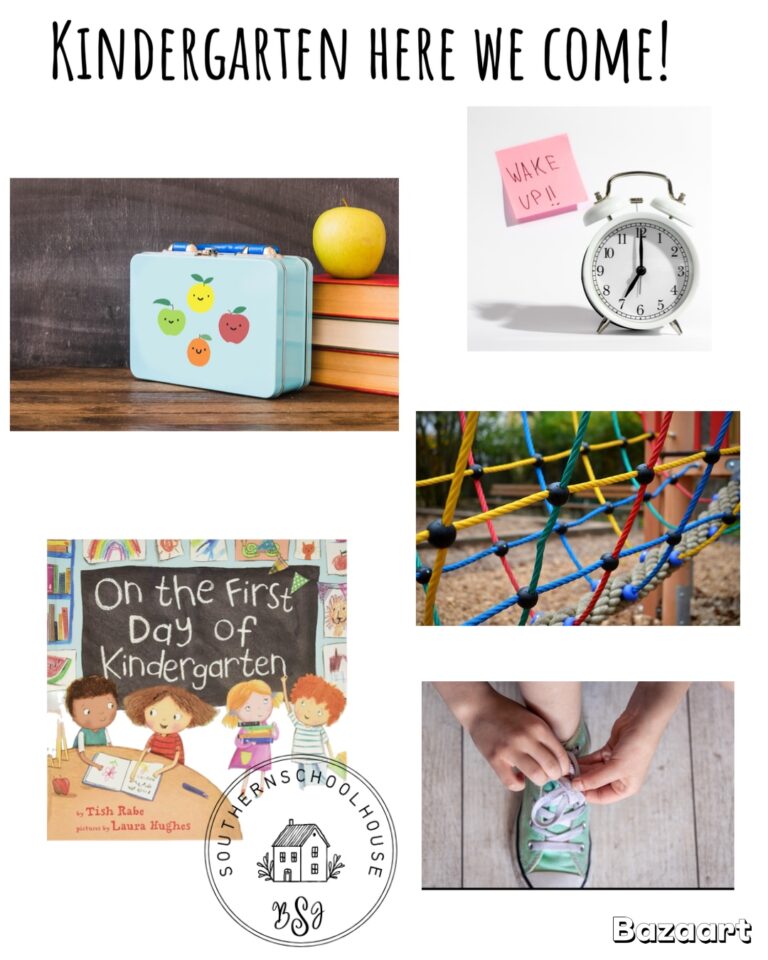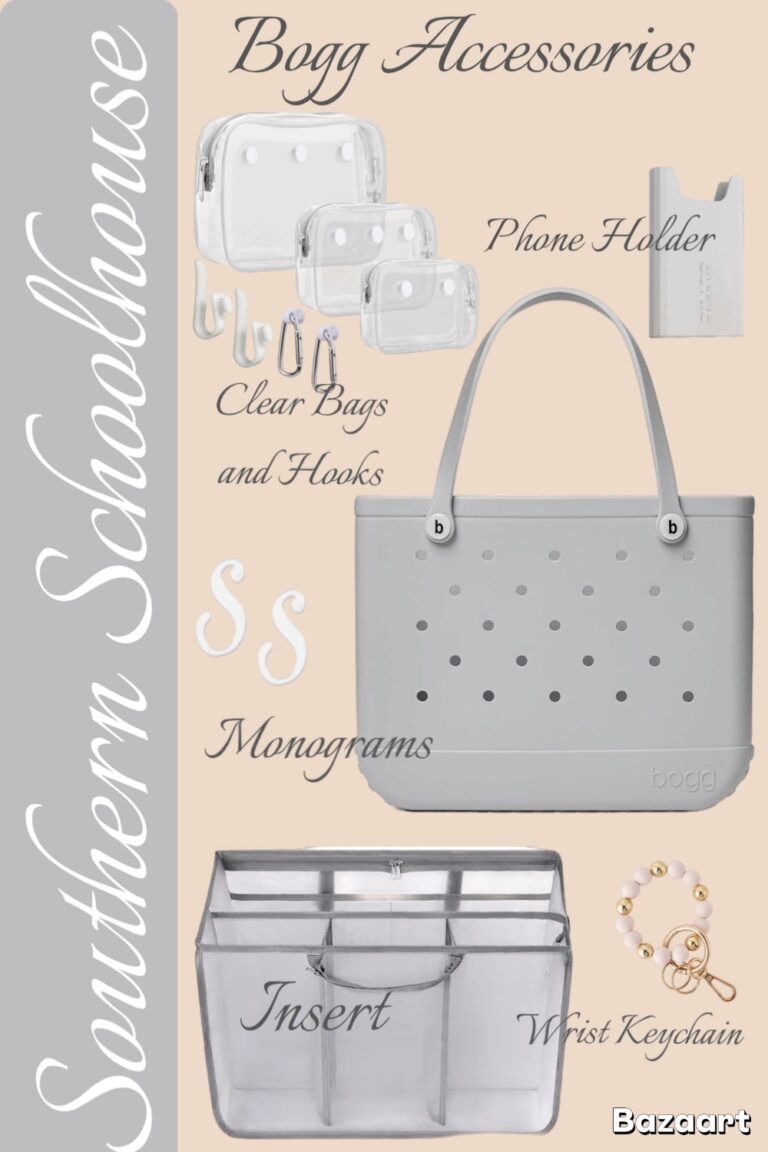By Beth at the Southern Schoolhouse
Disclosure: This post may contain affiliate links, meaning we get a small commission if you decide to make a purchase through our links, at no cost to you.
“The main character is NICE….” How many times have you received that response to a question about the main character of a text you are reading?
Nice, mean, happy … those penny words that every upper elementary student wants to use to describe everything. So how do we get them to think deeper and express themselves in a more descriptive, detailed way?
- Building a strong vocabulary is key and takes intentional, explicit teaching. At the very beginning of the year we begin creating a word list in our interactive notebooks of strong words. Vocabulary instruction is also part of our daily routine in our ELA block.
- Direct instruction and practice on analyzing characters in a text is crucial. Looking at characters’ thoughts, feelings and actions, and what those things tell us about the character helps students to think more deeply.
- Using literature with strong characters as examples and guided practice is key. Modeling, partner talk, marking up our text and work in our interactive notebooks helps students to build a stronger understanding of character development in the text we are reading.
Here are some of my favorite texts, with strong characters, that are great to use when teaching character analysis. I included a range of levels – picture books to easy chapter books to higher level books for upper elementary:

